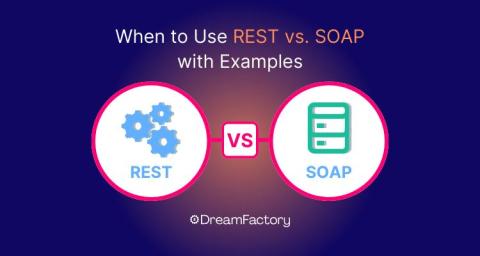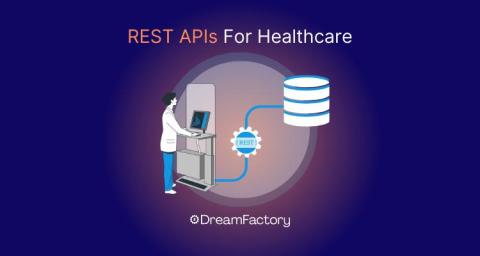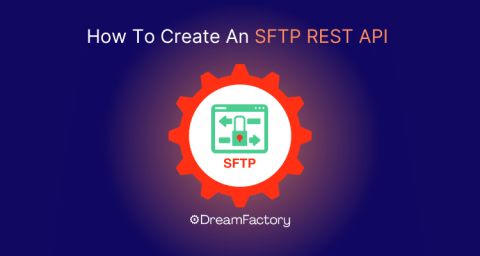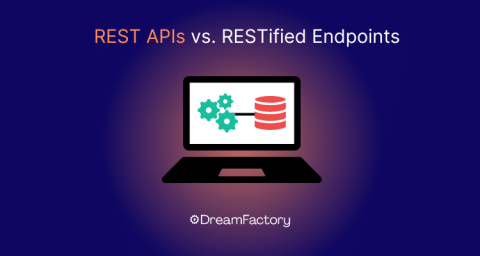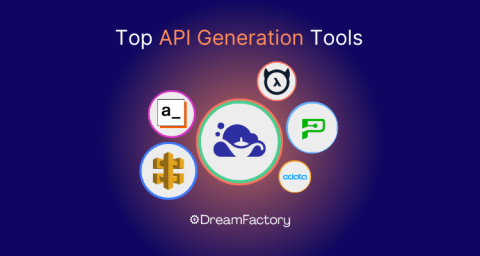When to Use REST vs. SOAP with Examples
Terence Bennett - January 16, 2024 REST vs. SOAP are two methods of exchanging data through web service APIs (application programming interfaces). They both have unique features that cater to specific use cases. While CIOs indicate that most of the APIs developed today are REST-based, SOAP remains a feasible option under certain circumstances. If you’re uncertain about which protocol to utilize for your applications and web services, you’ve arrived at the right destination.


